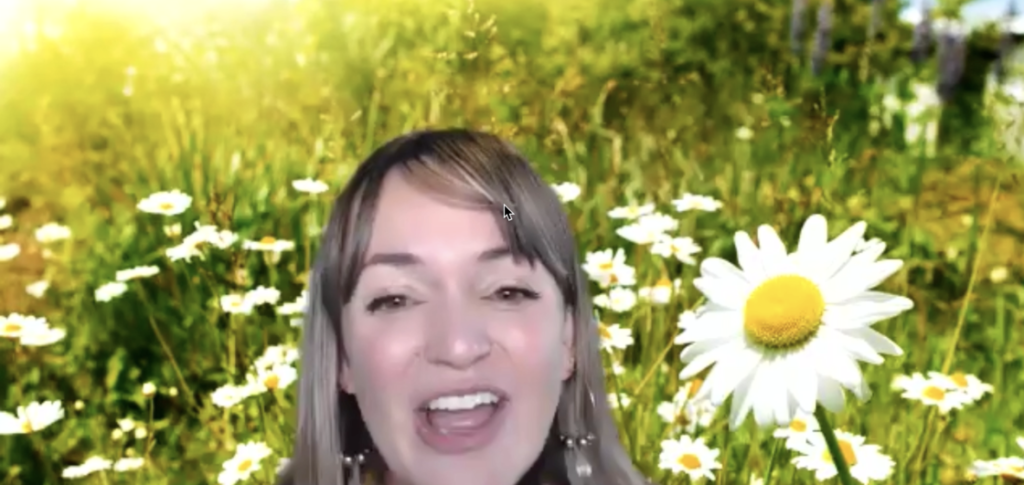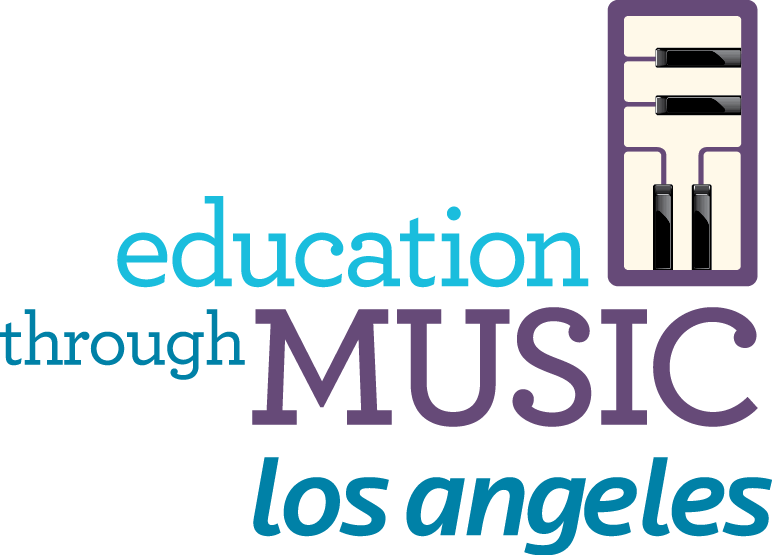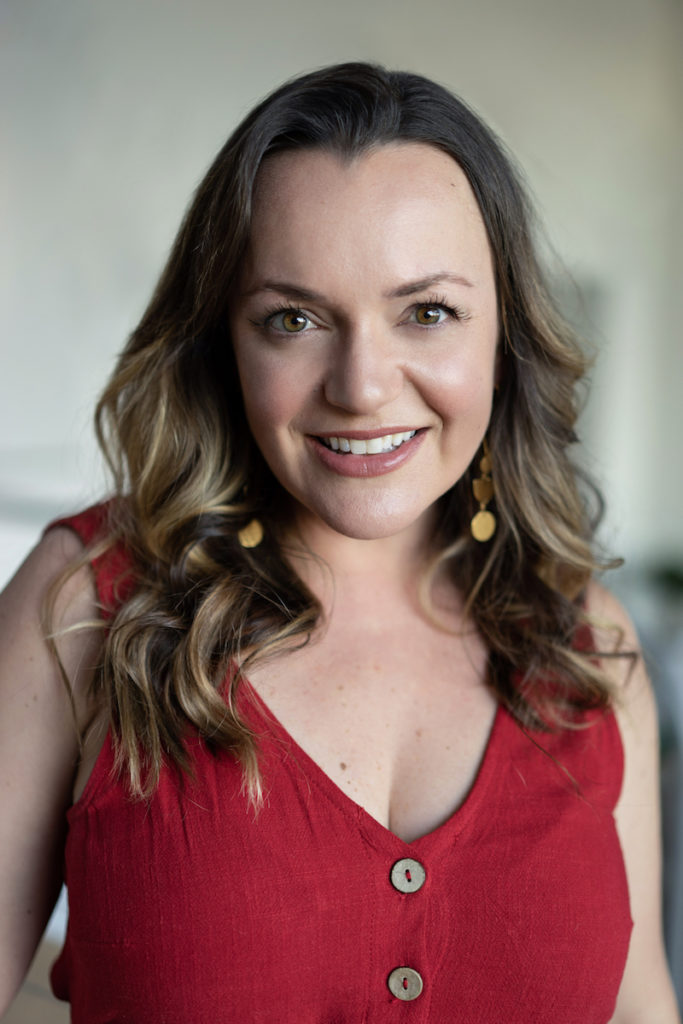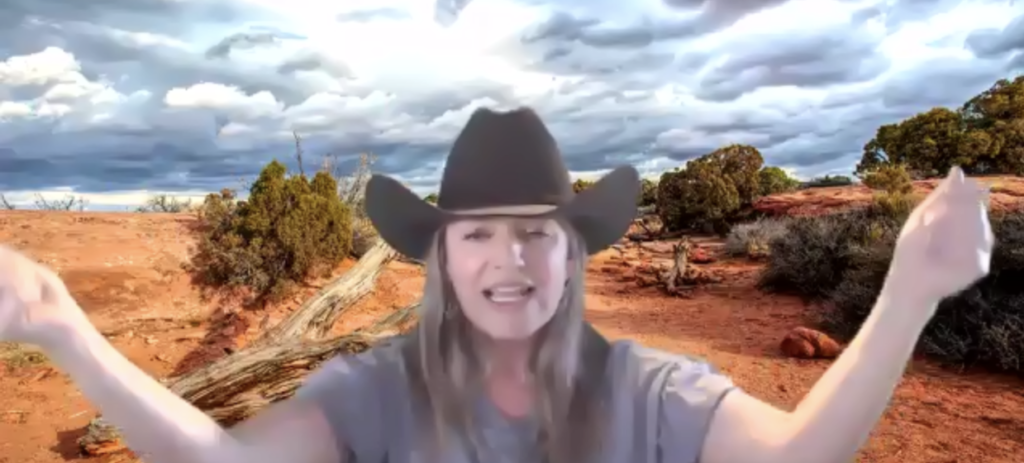Spotlight on Jennifer, Music Teacher
What was your path to becoming a music educator?
When I was little, I used to tell people I wanted to be two things when I grew up: a doctor and a lounge singer. My parents are still not quite sure where I came up with the phrase “lounge singer”, but my love for music started very young. I began playing piano when I was six years old, and later started voice lessons and musical theater in high school. I entered college as a vocal performance major and absolutely loved being around other music nerds like me. About halfway through my degree I was asked to teach a little Halloween music lesson to a group of elementary children. That just changed everything. I loved seeing them light up with music just as I had as a kid. I loved that music was the thing that connected us and allowed us a form of deeper expression. And honestly, I loved the kids themselves and how much they taught me in return. I added music education to my performance degree and finished with both. Teaching music fills my heart, and I did live out that childhood singing dream by performing with various bands around Los Angeles.
Is there a music educator who impacted you?
I have two teachers who really had an impact on me. The first is my fourth grade teacher Ms. Duncan. She used music often in the classroom and I still know all 50 states and all the presidents in order, thanks to her. She was part of Up With People and helped create a student branch at our school called Kids Who Care. She encouraged me to audition for solos within the group (even though I was shy), take more risks and a leading role, and always remember to be kind and encouraging to those around me. She gave me a musical confidence I hadn’t known before.
The second teacher was my voice professor in college, Grayson Hirst. His big smile and big personality made singing so fun. Other professors seemed to bring out the stress in their students, but Professor Hirst brought out the joy. He picked unique music that was perfect for my voice and would have me close my eyes and picture myself on stage at Carnegie Hall. He embraced the emotional side of music and was often brought to tears by song, weaving in life lessons as well as musical ones. His big light encompassed everything around him and was a safe place to learn and grow my craft.
What do you love about teaching with ETM-LA?
So many things! ETM-LA is one of the kindest organizations I have ever worked for. From the top leadership on down, everyone authentically cares about the well-being of the team, the teachers, and the students. I’m also astounded by the quality of the program. ETM-LA sets a high bar for itself and its teachers. I always learn something new from my colleagues, and the training provided goes beyond the music classroom. I feel inspired while also held accountable for the work we set out to do. Finally, the mission of ETM-LA is the most important part of the job. I’m moved every time I describe it to others, and I feel so honored to be part of it.
Why do you think it’s important to keep music in schools?
Music is transformative. I have seen so many children open up and come to life in the music classroom. It has a freedom and wonder that allows children to express what is uniquely in their hearts, while also serving as a doorway to other subjects and topics. Many children have their first musical experience within the classroom context, either through general music, orchestra, or band. It’s important to maintain that opportunity for our future generation of musicians. We also know that music at an early age rewires the brain permanently and assists in motor development, reading, and math. The benefits are huge, and all children deserve to have this in school.
What is your approach to teaching virtually? How have you successfully transitioned from the classroom to the computer screen?
Energy, energy, energy. The pacing has to be quick, and the content must be engaging. The more I can get the kids moving, laughing, and reacting in some way, the more I know their minds are open to learning. Body language has really taken on a more dominant role, too. I try to build in physical actions to every part of my lesson. I want kids to retain musical aims from our lessons, but right now I also want them to just feel lighter and happier through the power of music. A physical classroom allowed kids to step into a new world and leave their worries outside. You can’t do that as easily on Zoom, so I try to bring that new world to them through lively classroom content, routines they can count on, and colorful backgrounds on my green screen.
Your Zoom classroom backgrounds are so fun and thematic! What have you discovered makes an engaging virtual lesson?
Thank you, green screen! My husband helped me set one up just using green cloth suspended from the ceiling and it’s been a really fun addition to my lessons. When we were learning about Hall of the Mountain King, I had this really cool-slash-creepy looking cave image up that the kids loved, and with spring here I have all these beautiful outdoor shots that make it feel a little less like we’re at home. One thing I’ve loved lately with the virtual setting is spotlighting kids more often and having them run some part of the lesson. Whether it’s to solo sing, conduct, perform their favorite dance move, or even show off a piece of art – I find that the more I spread the teaching around virtually, the more kids have the opportunity to learn from each other as well as from me.
What are you looking forward to the most about returning to the classroom?
I can’t wait to hear kids sing together again! I miss their voices in unison, in real time. There’s something so powerful about hearing a group become one voice. I will likely cry my eyes out when it can finally happen again.







